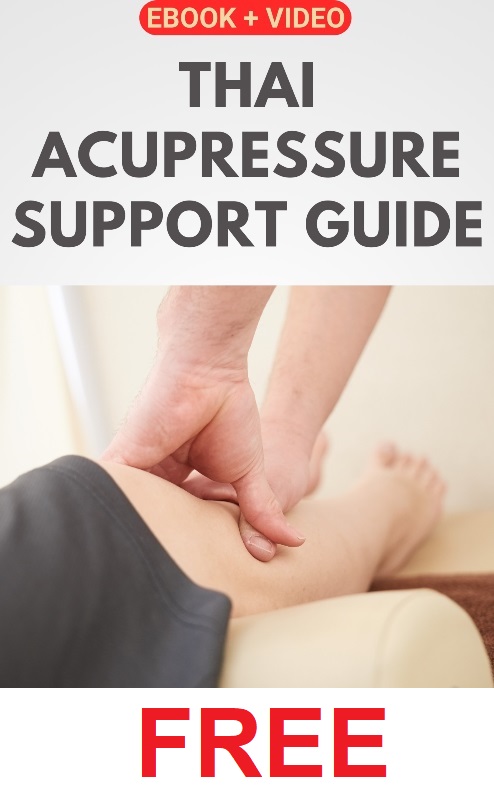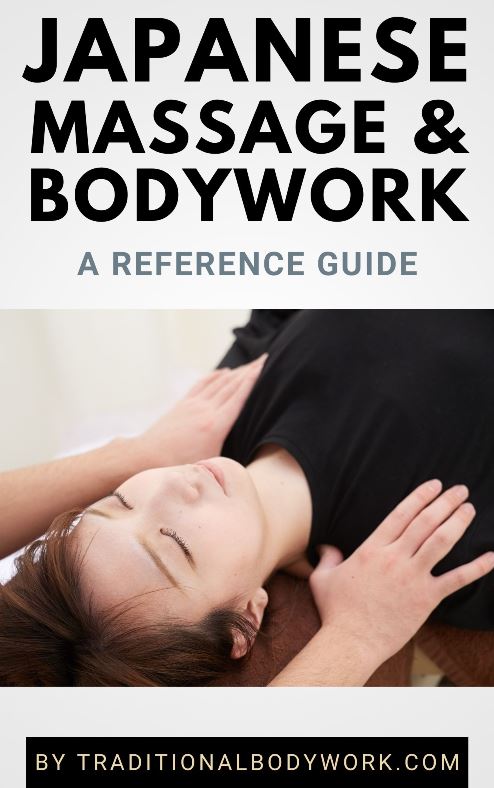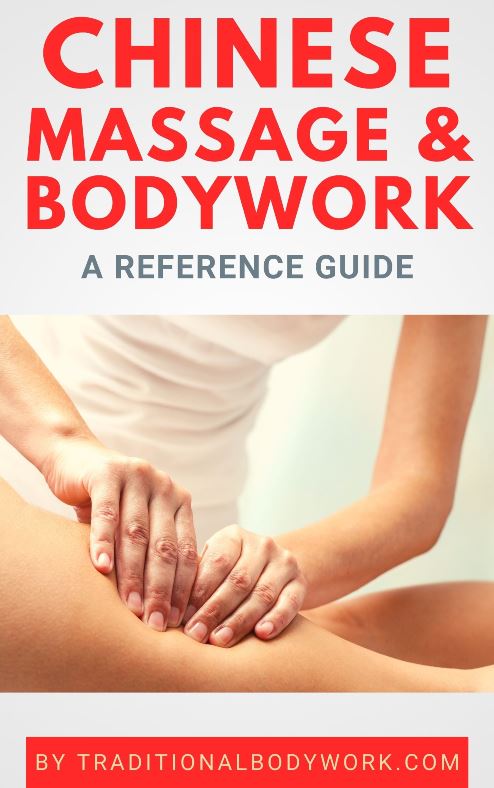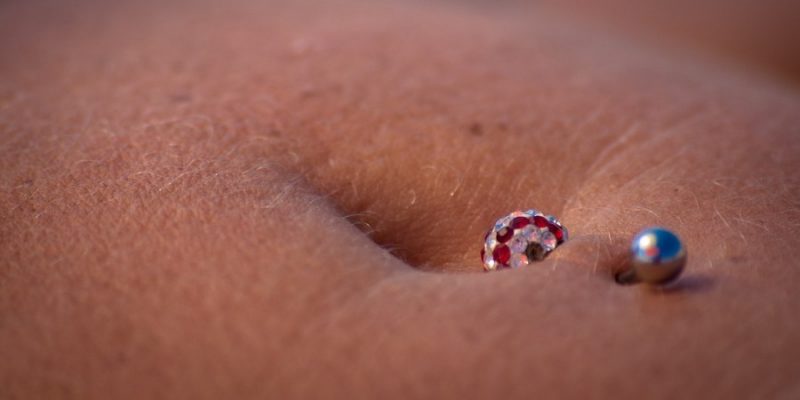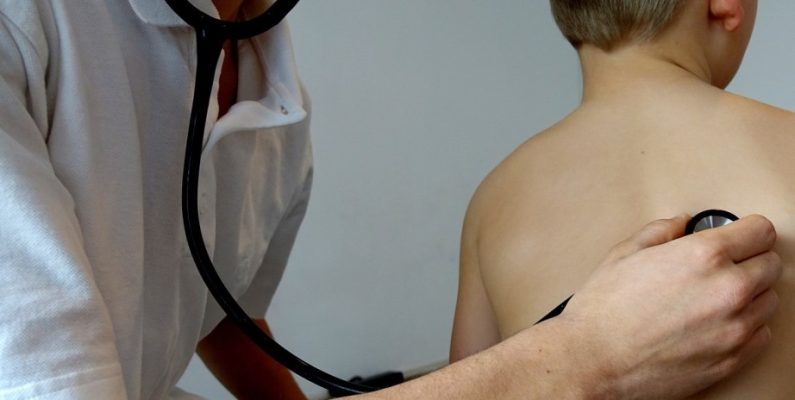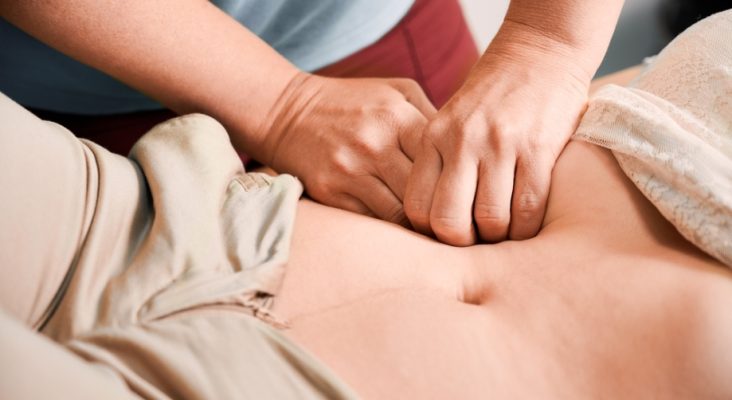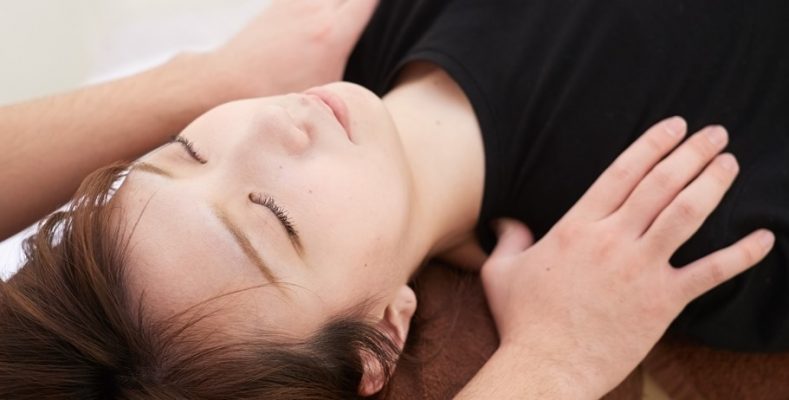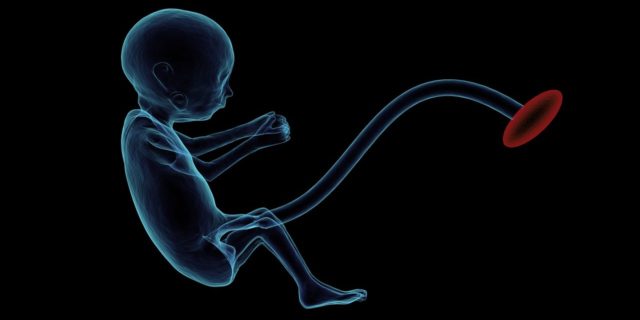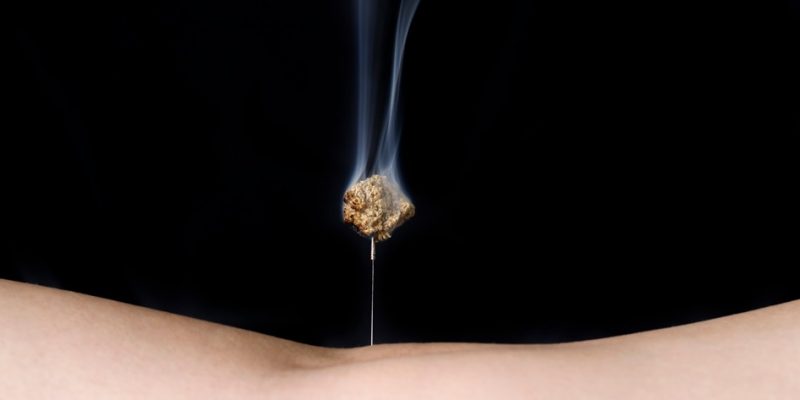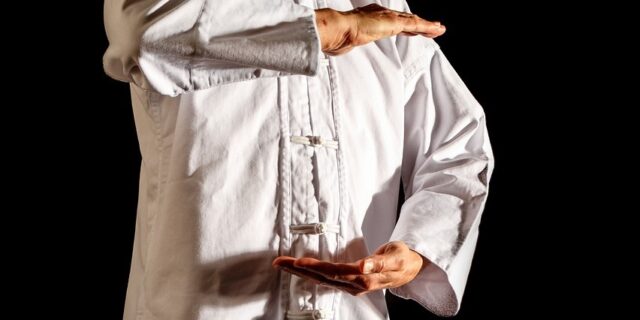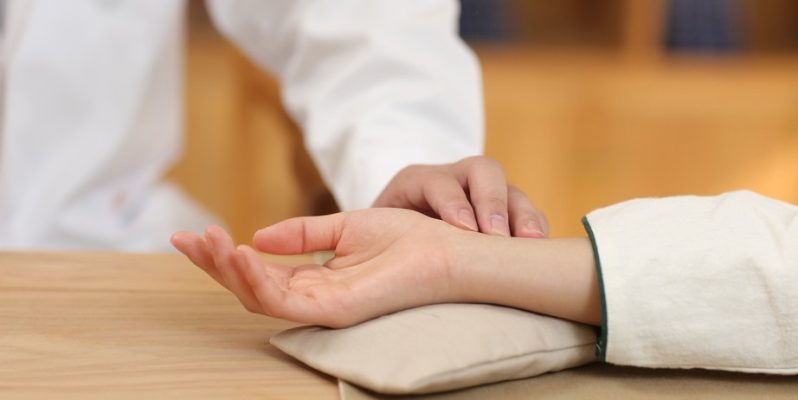
Hara Abdominal Diagnosis (also called Fukushin or Harashin) has its roots in Traditional Chinese Medicine (TCM). Although it’s not any longer much used in TCM, it’s still a very important palpation assessment tool in Japanese Traditional Medicine (JTM), for instance in some styles of Shiatsu Therapy, in Ampuku Abdominal Massage, and in Japanese Acupuncture.

Moreover, through the centuries, the Japanese not only emphasized the importance of the Hara, that is, the complete abdominal region, which include the internal organs, diaphragm, navel area (umbilicus), and the Lower Dantian (Dantien), but also increasingly refined the art of Hara Diagnosis i.e. Abdominal Diagnosis or Abdominal Palpation as an aid for effective treatment plans.
The location of the Hara is more or less defined as the area between the lower edge of the sternum and the upper edge of the pubis. It’s considered a key energy center that guides our physical, mental, emotional, and spiritual health, and renders intelligence, force, health, and vitality to all aspects of life. As such, the Hara is a location of the body where a trained therapist can “read” the overall state of the patient’s body and mind, and perceive of “what’s wrong” with him or her.
An abdominal “map” is used to assess (palpate) certain “zones” or points of the Hara, which is an diagnostic art that searches to find characteristics such as hardness, softness, tension, heat, coldness, discoloration, whiteness, flabbiness, knots, tangles, sensitivity, or painfulness, and other relevant properties.

These maps or charts, however, may vary depending on the school or lineage within JTM, and/or on the emphasis that is placed on certain traditional TCM/JTM concepts, such as the Meridians, the Five Elements, or Yin-Yang characteristics, and so on.
Based on the properties of certain abdominal zones or points, the therapist can come to an idea of which internal organs, Energy Meridians, or Five Elements are affected. Subsequently the therapist can design a treatment plan to treat (parts of) the body, which may include treating the abdomen itself.
The type of treatment applied depends very much on the proficiency and specialization of the therapist at hand, but may include massage therapy, Acupuncture, Moxibustion, Cupping, herbal medicine, meditation, and/or specific exercises, to give some examples.

